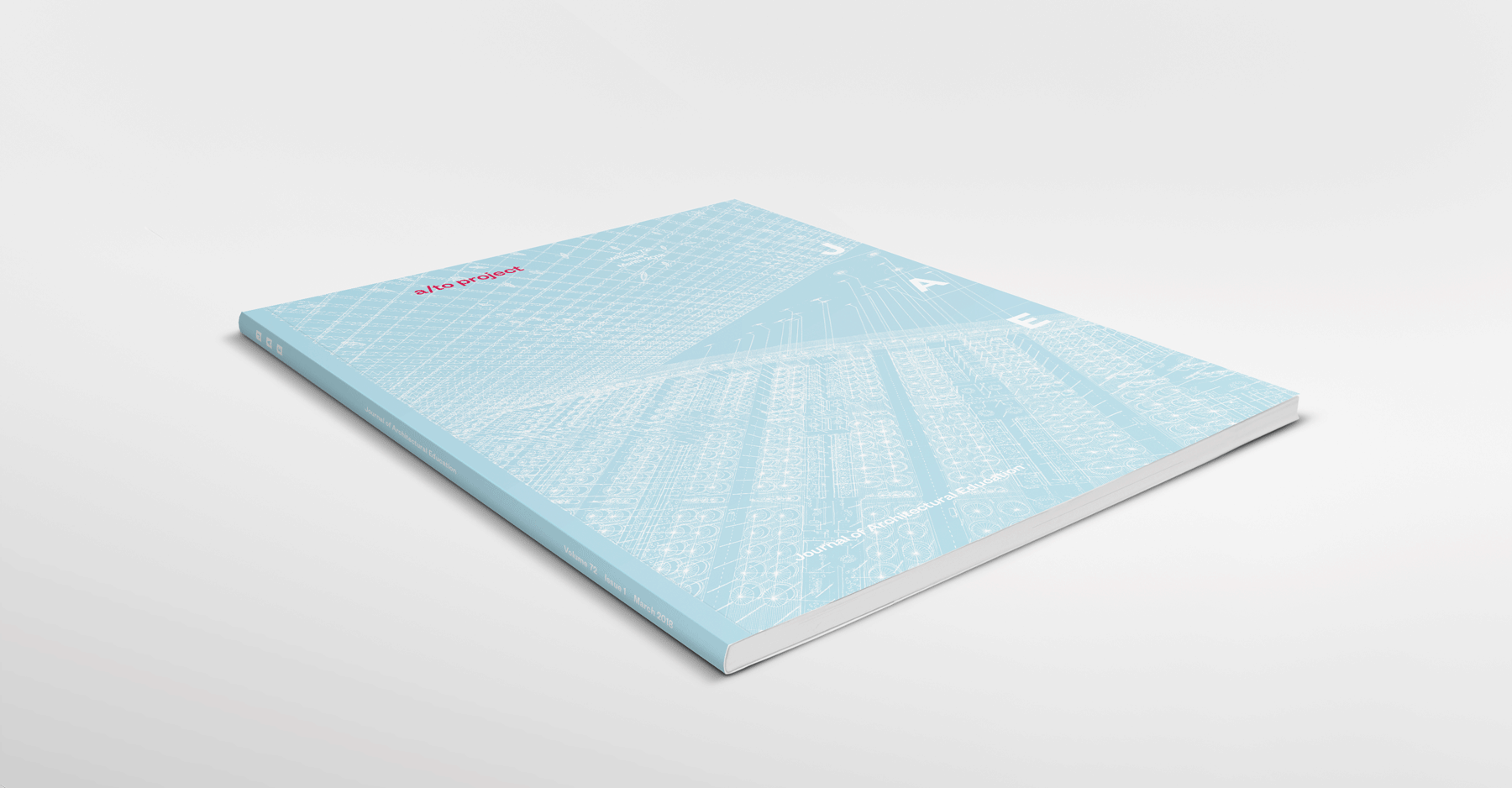
After twenty years in design and development, the barcode entered popular culture in 1974, when it was smacked on a pack of Juicy Fruit gum and scanned in a supermarket in Troy, Ohio. The rest is history. In fact, no other image has infiltrated our daily routine as much as this simple patch of black stripes. The image allowed information about a product to be stored and accessed, marking the beginning of the digital management of inventories in global and local supply chains. The barcode, an interface between the world of logistics and the everyday, is a portrait of our consumerist obsessions. One might even say it is capitalism in disguise. The pattern reduces the identifiable traits of even the most unique product to lines and numbers, while the speed at which information is accessed allows for the unfettered global flow of merchandise. The barcode represents two of the prime characteristics of neoliberal exchange: abstraction and efficiency. Yet, more than being a vessel for the market economy, it is also an image to express contemporary space.
Continue Reading:





